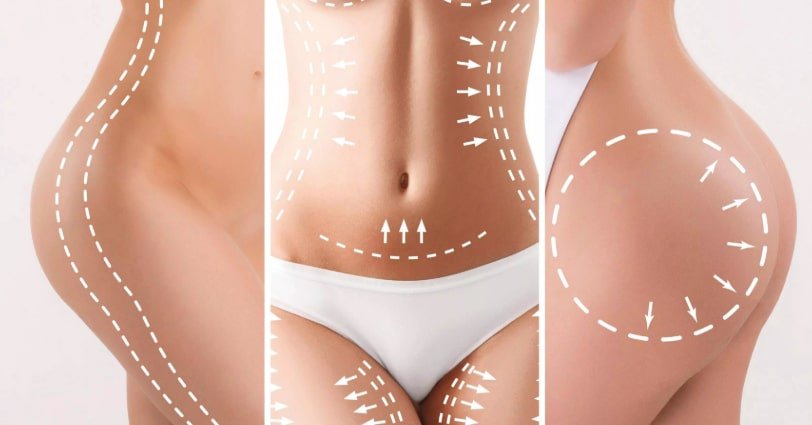Are you curious about liposuction cost in New York? At the New York Liposuction Center, we’re here to help break it down.
Pricing remains a crucial aspect of all cosmetic procedures. At the New York Liposuction Center, we strive to offer the best prices for all surgeries, giving some incredibly impressive results courtesy of the experienced hands of Dr. Arnold Breitbart, with procedures performed at his fully accredited facility.
As a practice, our quotes are straightforward with no hidden costs. As a patient, committing to a procedure is a big show of confidence in a clinic. We strive to start that partnership with openness, transparency, and no gimmicks.
Your contact information is safe with us, and you can enjoy some peace of mind with no fear for unwanted marketing calls. Our chief motivation is to offer world-class service, giving you that dream look and have you stand out with a stunning figure.
At New York Liposuction, we embrace an all-inclusive pricing model. The quote covers the following items:
- Surgeon fee
- Facility fees
- Local anesthesia
- Compression garments for certain areas being treated
- Medications to aid in recovery
- Follow-up visits
The initial consultation at our clinic is free, allowing you an opportunity to talk to the doctor and get critical information before your procedure at no cost.
New York Liposuction Cost Calculator
Do you want to get an idea of what your specific cost for liposuction surgery in NYC will be? Use our cost calculator to get started!
New York Liposuction Costs
Individual procedures have specific prices, with a fixed cost for each area. Opting for liposuction on multiple areas in one session offers both financial savings and notable results.
The cost is primarily based on the first body area chosen for liposuction, which is around $4,000.
If you’re considering additional treatments for areas like the thigh, knee, neck, or hip, there’s a reasonable added fee starting at about $2,500 per area.

Financing Options Available for Your Liposuction
We have some fantastic financing options for you at New York Liposuction. We partner with some of the best financial institutions, including CareCredit and Alphaeon, to ease your access to our services. Our partnership with these reputable institutions gives you access to financial and advisory services from the respective bodies.
With financing, the cost of liposuction remains within your grasp. You get to enjoy the services of the cosmetic surgery capital of New York, with the leading physician in the city doing your surgery. Liposuction is a minimally-invasive procedure, and our clinic remains hands-down the best place for your operation.
CareCredit
A leading program for patient payments, the Care Credit Card allows you to finance 100% of your cosmetic surgery. Free of any upfront fees, pre-payment penalties, and annual fees, Care Credit ensures that you can schedule your surgery today and pay in convenient monthly payments as liposuction cost.

Alphaeon Credit
Alphaeon is a lifestyle healthcare company committed to partnering with board-certified physician specialists to bring to market and develop highly innovative technologies and services that promote patient wellness, beauty and performance. Ensuring access to leading advancements in lifestyle healthcare, the company fosters deep relationships with leading specialty physicians so patients look their best, feel their best and know they are receiving the best in lifestyle healthcare.

Book an Appointment Today
In New York, we offer the best in body sculpting through cosmetic procedures. However, we understand that you understand the process better through the initial consultation with Dr. Breitbart.
In this discussion, you get valuable information about the procedure that suits you best, along with crucial insights about any additional areas you may want treated in your upcoming session.
Our financing options ease your access to our services, allowing you to take advantage of our unrivaled expertise in the field. Our financial partners enable you to get that stunning hourglass silhouette and clear the cost in easy and affordable monthly payments.
Book an appointment today and work with one of the leading plastic surgery clinics in New York. We put you first, combining world-class customer experience with affordability and stunning looks.
Schedule a Free Consultation
Fill out the form or at call us at (917) 809-7787 to schedule your free consultation with the New York Liposuction Center and get started on your liposuction journey.